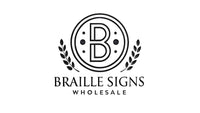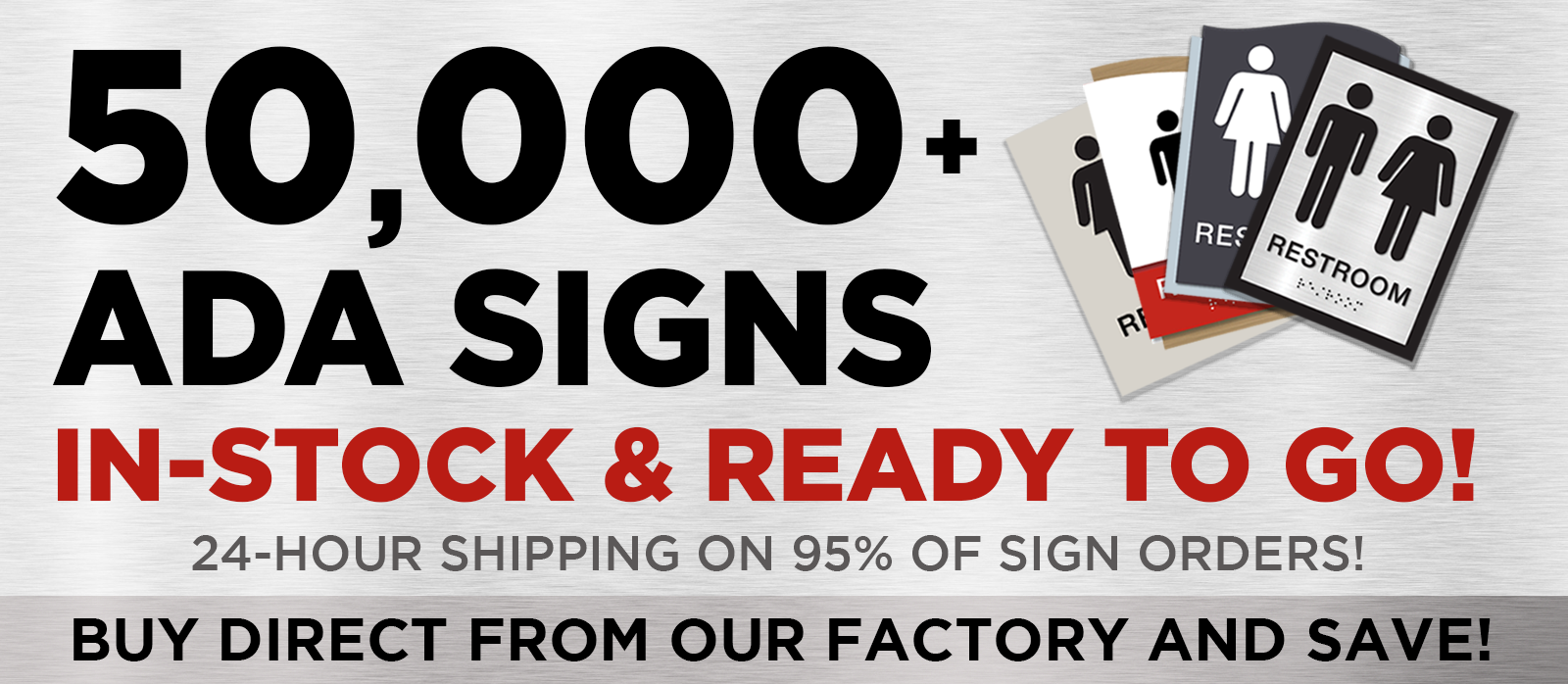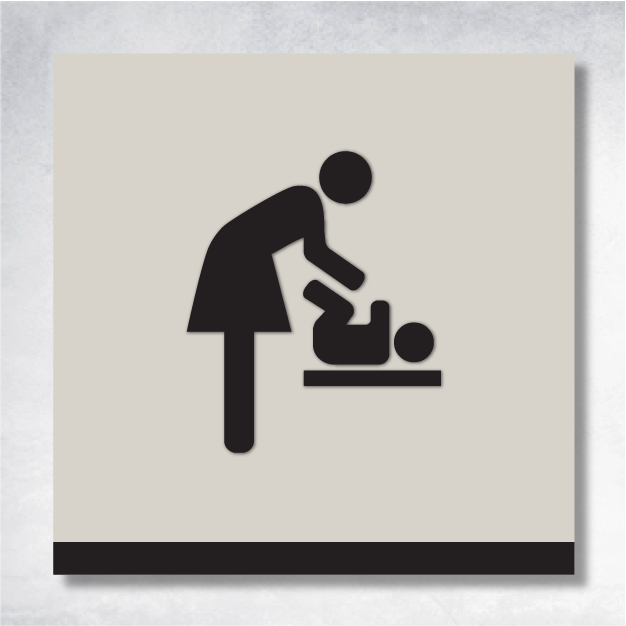In the bustling world of commercial spaces, where every detail matters, the right signage can make all the difference. For facility managers, property developers, and architects, choosing the perfect digital signage for high-traffic areas is crucial—not just for seamless navigation but also for ensuring ADA compliance. Let’s embark on a journey through the world of high-traffic commercial corridor signage solutions, comparing two top contenders: Epsilon Corridor Sign B and Delta Hallway | Corridor Sign B.
Spotlight on Epsilon and Delta: A Tale of Two Signs
Both the Epsilon Corridor Sign B and Delta Hallway | Corridor Sign B are crafted to meet the rigorous demands of high-traffic commercial spaces. These signage solutions not only tick all the boxes for ADA signage requirements but also bring advanced digital signage features to the table, enhancing user experience and accessibility.
Features That Matter: A Side-by-Side Glance
Imagine walking through a busy corridor, where clear, accessible information is paramount. Here’s how our two contenders stack up:
- ADA Compliance: Both signs are champions in this arena.
- Digital Display: Epsilon boasts an integrated display, while Delta offers this as an optional feature.
- Customization: Epsilon allows for high customization, whereas Delta provides moderate options.
- Durability: Both signs are built to last.
- Installation: Delta is a breeze to install, while Epsilon requires a bit more effort.
Performance in Action: Which Sign Shines Brighter?
When it comes to performance, both signs excel in delivering clear and accessible information. The Epsilon Corridor Sign B, with its integrated digital display, is a versatile choice for dynamic environments where information needs frequent updates. On the flip side, the Delta Hallway | Corridor Sign B, with its optional digital features, wins hearts with its straightforward installation and user-friendly design.
Dollars and Sense: Pricing and Value
Cost is often the deciding factor in choosing corridor signage. The Epsilon Corridor Sign B, with its advanced digital capabilities, comes with a higher price tag but offers significant value through its durability and customization options. Meanwhile, the Delta Hallway | Corridor Sign B is a budget-friendly alternative, providing essential features that ensure compliance and functionality without the extra frills.
Voices from the Field: Customer Feedback
Feedback from users is a treasure trove of insights. Case studies from giants like McDonald's and Nike highlight the transformative power of digital signage in enhancing customer experience and compliance. The Epsilon Corridor Sign B is lauded for its modern aesthetic and technological prowess, while the Delta Hallway | Corridor Sign B is celebrated for its simplicity and reliability.
Weighing the Pros and Cons
Epsilon Corridor Sign B:
- Pros: Cutting-edge digital signage, high customization, robust durability.
- Cons: Higher cost, moderately complex installation.
Delta Hallway | Corridor Sign B:
- Pros: Cost-effective, easy to install, dependable.
- Cons: Limited digital features, fewer customization options.
The Final Word: Which Sign is Right for You?
Both signage solutions offer stellar options for high-traffic commercial corridors. If your goal is a state-of-the-art digital signage solution with extensive customization, the Epsilon Corridor Sign B is your go-to. However, if budget constraints are a concern and you need a straightforward, compliant solution, the Delta Hallway | Corridor Sign B will serve you well.
Your Questions, Answered
- Are both signs ADA compliant? Absolutely, both Epsilon and Delta meet ADA compliance standards.
- Can these signs be used in hotel corridors? Yes, they are perfect for various commercial spaces, including hotels.
- How do I ensure ADA compliance for digital signage? It involves ensuring visibility, readability, and accessibility. For more guidance, refer to the ADA compliance guides from the U.S. Access Board and Green Dot Sign.









